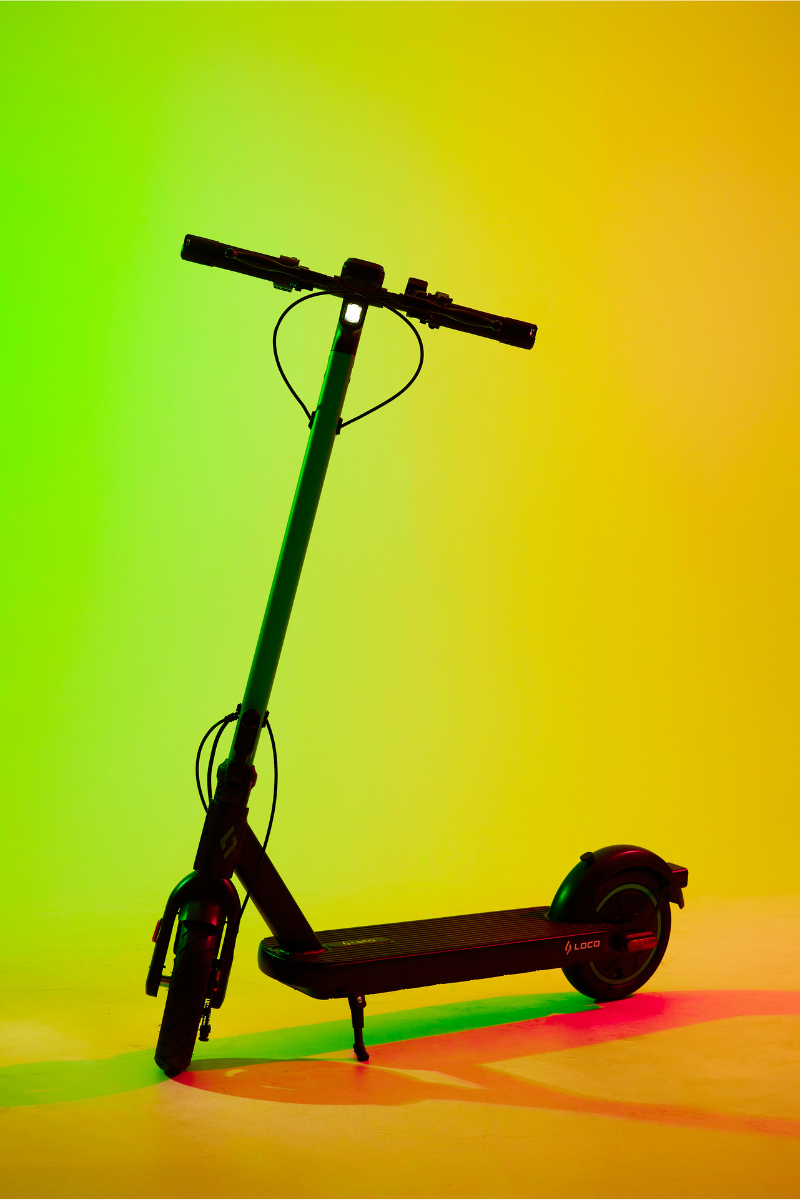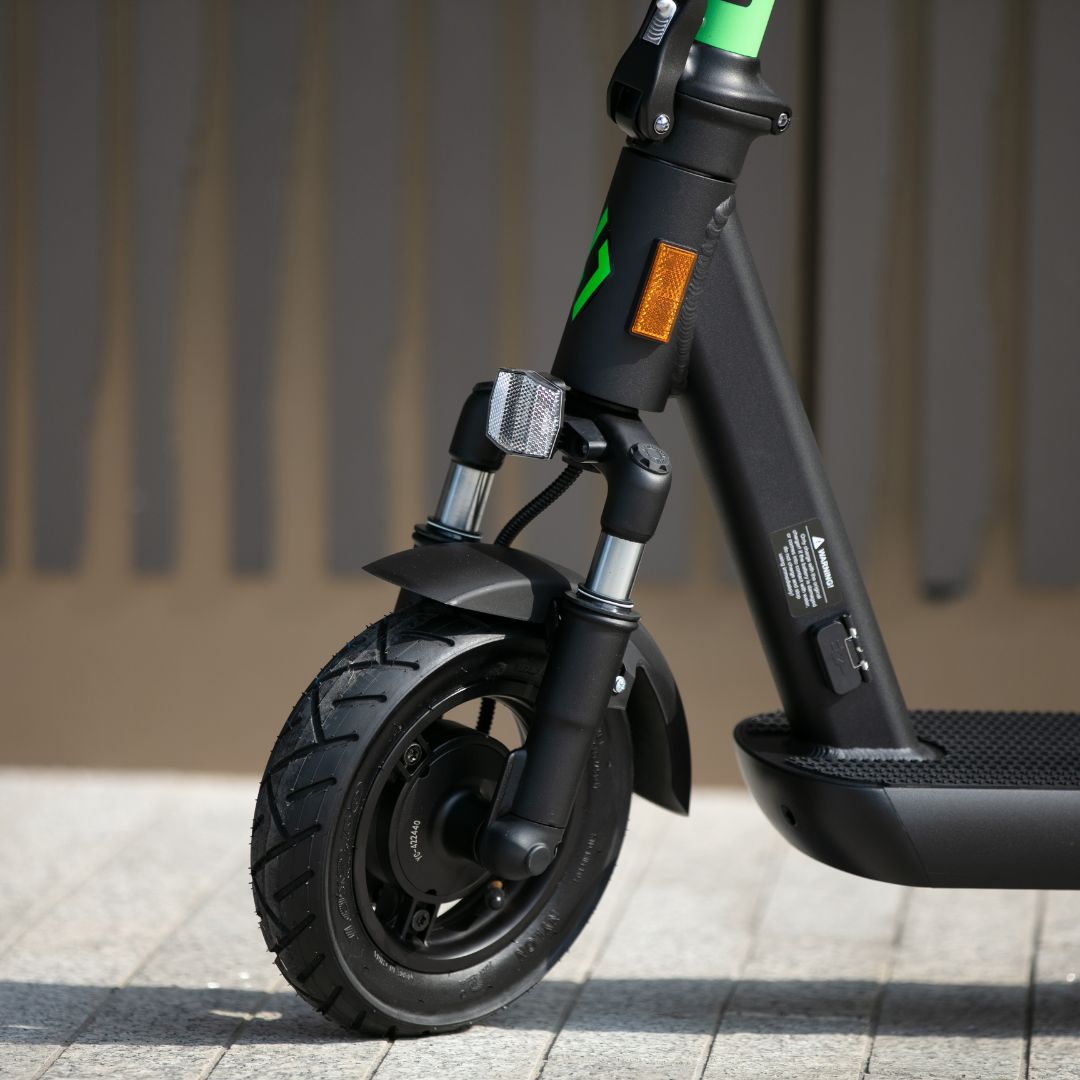Ever noticed your electric scooter’s battery voltage drop while riding, only for it to climb back up when you stop? No, your scooter isn’t playing mind games with you—this is completely normal! It happens due to load, internal resistance, and voltage recovery. Let’s break it down in a way that actually makes sense.
Voltage Drop Under Load ⚡
Think of your scooter’s battery like your phone’s battery when you’re playing a power-hungry game—it drains faster under heavy use. When you accelerate, the motor demands a ton of energy, which temporarily lowers the voltage. This happens due to:
✔ Internal Resistance – All batteries have a natural resistance, and when current flows, some voltage is lost in the process.
✔ High Power Demand – The harder your scooter works (think hills, top speeds, or carrying extra weight), the more the voltage drops.
Voltage Recovery When Stopped 🔄
Now, here’s the cool part—when you stop riding, your battery recovers. With no power being pulled by the motor, the voltage bounces back slightly. Why? The chemical reactions inside the battery cells return to a more balanced state—kind of like catching your breath after sprinting to beat a red light.
What Affects Voltage Drop?
🔋 Battery Age & Health – Older batteries lose efficiency, meaning they experience a bigger voltage dip.
🔬 Battery Type – Lithium-ion batteries handle voltage drops better than lead-acid ones.
🏔 Riding Conditions – Steep hills, high speeds, and heavy loads will cause a bigger voltage drop.
❄️ Temperature – Cold weather increases resistance, making voltage drop more noticeable (just like your phone dying faster in the cold).
Final Thoughts 🚀
If you see your voltage drop while riding, don’t panic—it’s totally normal! It just means your scooter is putting in the work to keep you moving. So next time you see your voltage drop, just know—it means your scooter is working hard to keep you cruising! ⚡🛴



